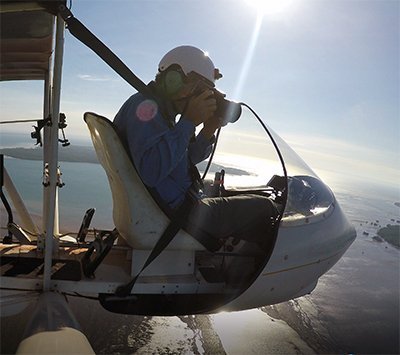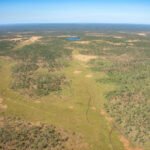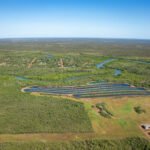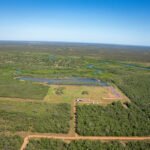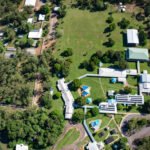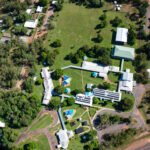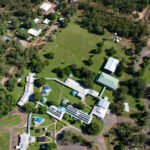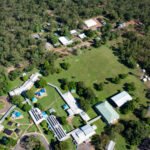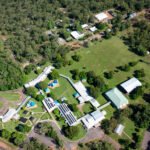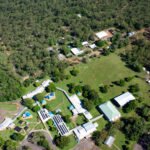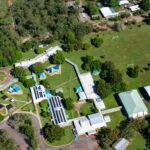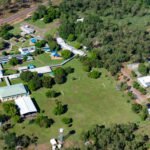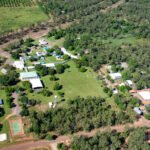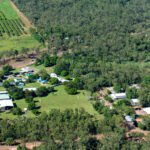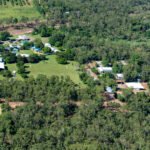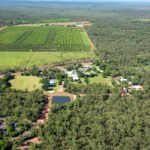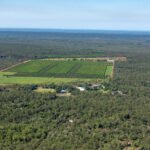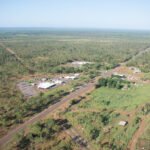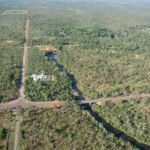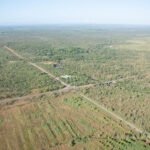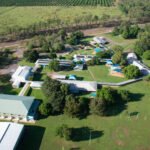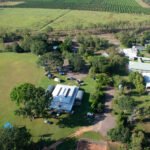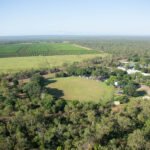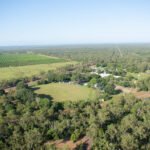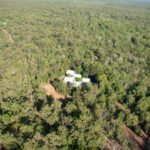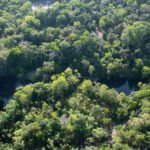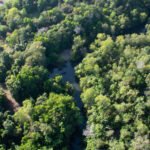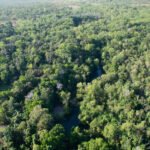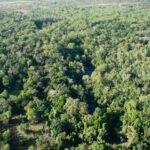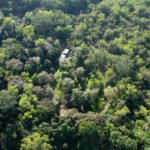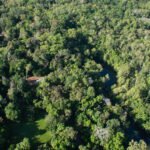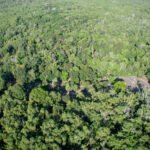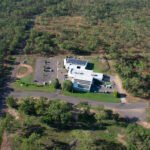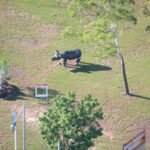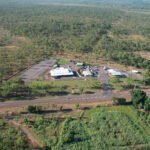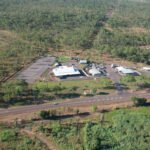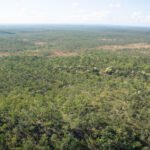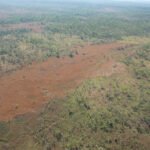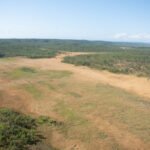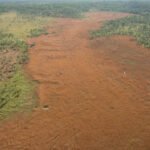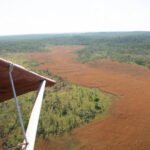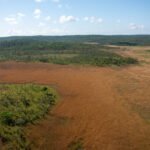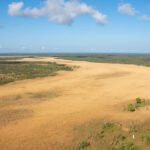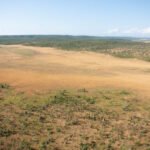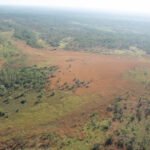Berry Springs Darwin NT, Speargrass and Crop Circles
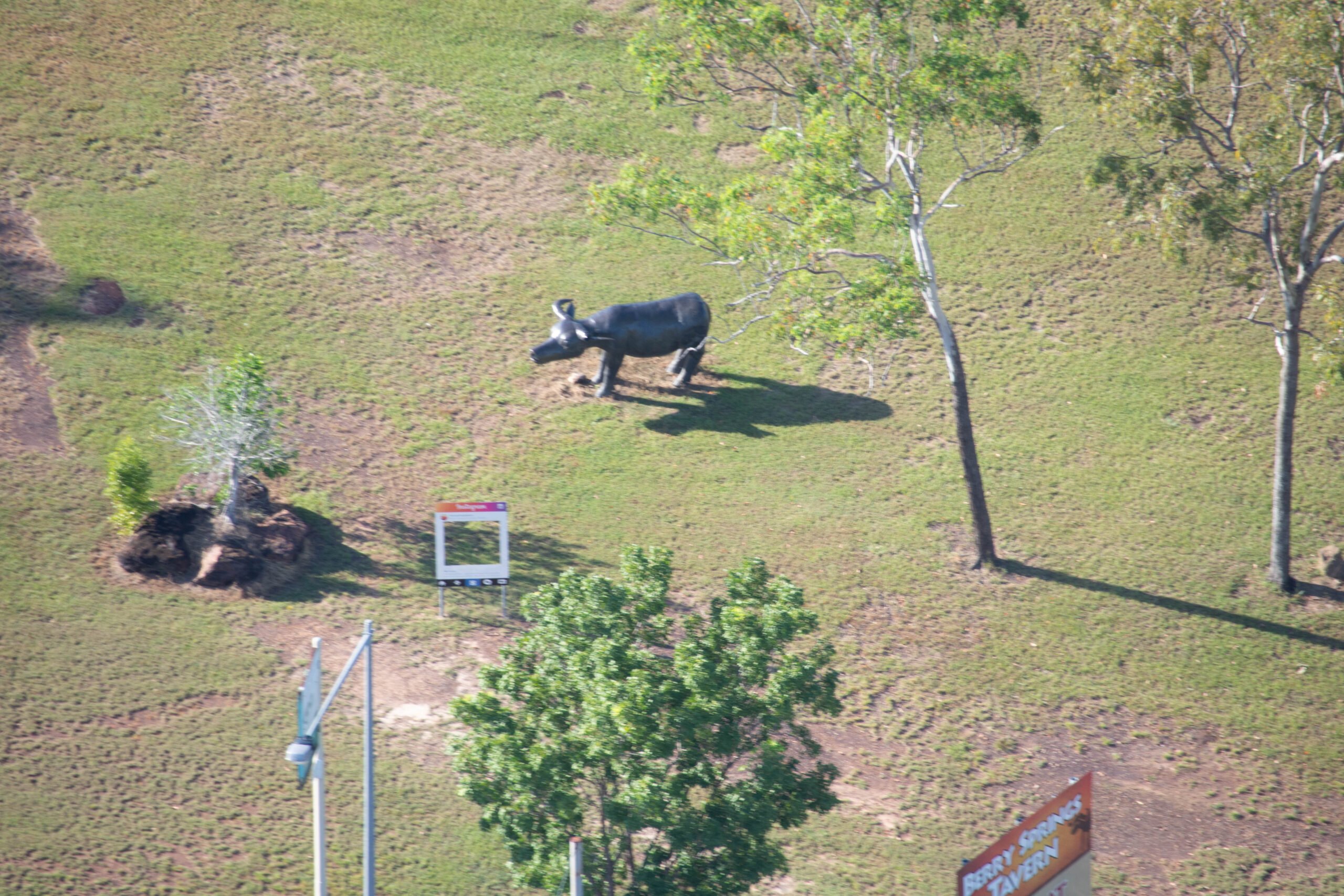
Berry Springs is an idyllic hamlet located 45 minutes drive from Darwin or in my case 7 minutes by airplane from our airfield at MKT. These photos were taken over two consecutive weekends in April 2023 after the last of the wet season rains.
While I am flying I photograph scenes with my Nikon DSLR camera. These photographs are then uploaded to Lightroom classic and then using the WP/LR plugin from Jordi Meow I create a collection and upload the images automatically into an album in WordPress. Then using the gallery tool I can quickly create a gallery like the one below. This has really reduced the workflow for me. These photographs are of Berry Springs Primary School and the surrounding region which includes the Berry Springs Hamlet along with the buffalo outside the Berry Springs Tavern, the Territory Wildlife Park, Berry Springs the swimming hole, a favourite for more than 80 years. Finally the area has considerable mango farms producing vast numbers of fruit which are picked towards the end of the year.
Berry Springs Primary School is part of the hugely successful program by HP, Reinvent the Classroom. The school is the only one selected so far in the Northern Territory to be part of the program. I like this school because of its approach to educating students about their role in the environment, furthering their skills with STEAM (Science, Technology, Engineering, Arts and Maths) lessons that are leading edge along with collaborative projects with the Wildlife Park which is literally just next door. Being rural, the school prides itself on the wholesome outdoor lifestyle for students.
It was interesting to see the strange crop circles etched into the ovals of the school had diminished during the time I was away. 🙂
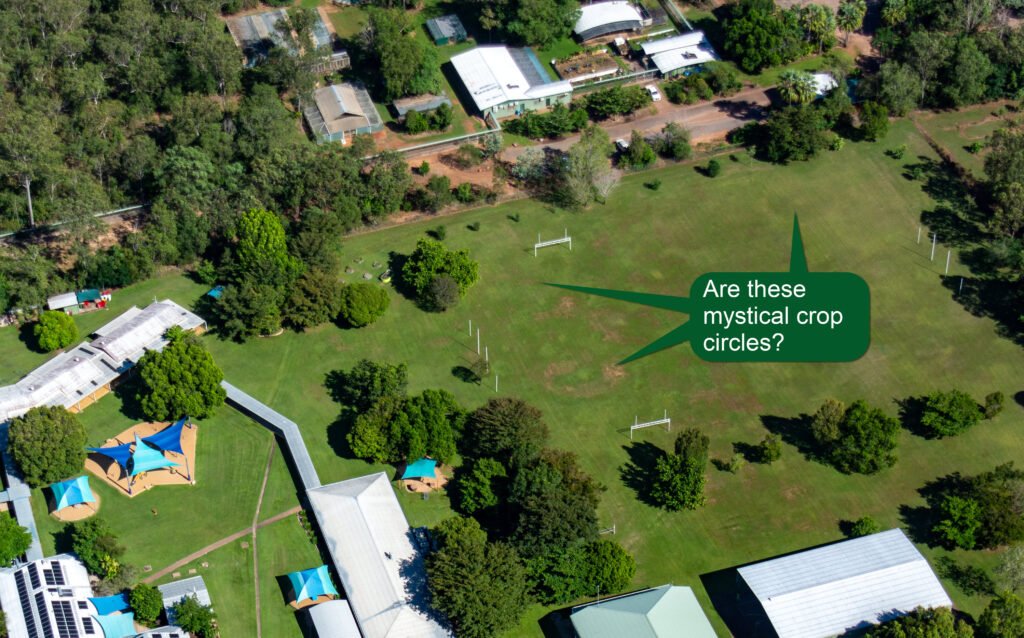
Click on any of the images below for a larger version. There are more words below the album that cover what I was really doing on this flight.
This time of year in the top end of Australia is the transition from wet to dry seasons. It is at this time that spear grass changes dramatically from green to golden brown before the “knock-em-down” winds marking the true start of the dry season do what it says and then the inevitable scrub fires reduce these lakes of golden brown to fields of blackened ash before they regenerate like a phoenix in time for the next wet season. When the winds knock down these grasses that can grow to 4 metres with their heavy heads of seeds, sometimes patterns of swirls and circles are formed in the flattened grass by the gusty winds creating an artistic pale-yellow background that looks like it has been raked into a pattern by a karesansui gardener.
From the air, if you look at a field of spear grass from one side of the field and then change your direction to the opposite side – the colour transformation is amazing. Check out the images below, taken of the same field of grass on the same day at the same time, or close enough to the same time as I photographed one side and then flew to the other side to photograph the same field from the opposite side. In both cases, the camera was focussed on the field.
While the locations of the aircraft were different for each photograph, the field of grass on the left is the same field of grass on the right. Use the slider (double-headed arrow) to slide the pictures left and right below.


Speargrass gets its name from its sharp pointed seeds. The seeds are harvested by ants and provide an important food source for birds such as finches. The seeds look like little spears and can stick in your clothes and shoes as there is a small barb at the end of the seed “spear”. I prefer to enjoy this grass from 600ft above the ground.
In the photographs below, (which you can click on to enlarge) there is a photograph with a wing of my aircraft in photo was intentional to show that my wing colour is based on the dark brown of the spear grass heads which in turn is reflected in the colours of the Northern Territory flag.
If you got this far, thanks for reading. A video of this region will be posted in the coming weeks.
Images are captured from a Nikon D7200, Stored in Lightroom Classic and uploaded using the WP/LR Plugin. Video is captured from a GoPro 11 and GoPro 9 with Telemetry overlays from Juan’s Telemetry Overlay application.
